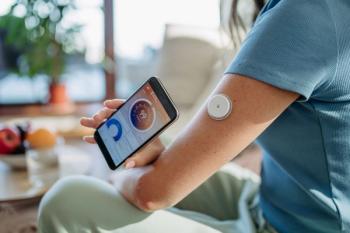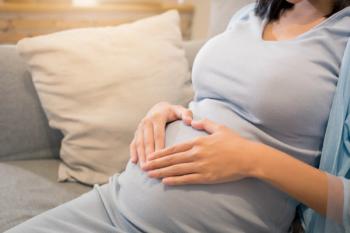
Researchers Find Patient Preference in Progesterone Support Deliver
Progesterone support during the luteal phase is needed to allow for implementation in medically assisted cycles. To date, available options have not met all of the ideals of the “perfect” progesterone strategy-easy to administer, safe with minimal adverse effects, and effective in producing pregnancies.
Progesterone support during the luteal phase is needed to allow for implementation in medically assisted cycles. To date, available options have not met all of the ideals of the “perfect” progesterone strategy-easy to administer, safe with minimal adverse effects, and effective in producing pregnancies. For instance, although oral progesterone is convenient, it has been shown to be ineffective in some studies. Similarly, intramuscular injections of progesterone have been associated with pain, discomfort, and can be inconvenient.
To ascertain if a vaginal gel is an appropriate alternative option that addresses the components of an ideal solution, Dr Elena Yanushpolsky, Brigham and Women's Hospital, Harvard Medical School, Boston, and colleagues compared efficacy and patient satisfaction for vaginal gel and intramuscular (IM) progesterone. Data were originally presented at the 65th Annual Meeting of the American Society for Reproductive Medicine; the results appeared in Fertility and Sterility.
Yanushpolsky and colleagues conducted a prospective randomized trial of 407 women undergoing their first, second, or third in vitro fertilization cycles on gonadotropin releasing-hormone down-regulation protocols. All patients were younger than 40 years and had day-3 follicle stimulating hormone levels less than 15 mIU/mL. Patients were randomized to receive IM injections of 50 mg progesterone (n = 201) 24 hours after oocyte retrieval or 90 mg progesterone gel (n = 206) 48 hours after oocyte retrieval.
The researchers found similar efficacy across those patients receiving the gel and those receiving IM progesterone. For instance, the ongoing/delivered pregnancy rate for the gel was 45.2%, while the rate for IM progesterone was 42.2%. The overall failed pregnancy (eg, ectopic, chemical, spontaneous abortion) rates were practically identical-32.1% and 32.0% for the gel and IM progesterone, respectively.
There was, however, a difference between the treatments for patient satisfaction, with women receiving the gel significantly more satisfied than their IM counterparts. On a scale from 1 to 5, patients receiving the gel reported an average score of 4.4 ± 0.9 while patients receiving IM progesterone reported an average score of 2.8 ± 1.2.
“The results of our rigorously conducted, prospective, randomized and adequately powered study should provide convincing evidence to both physicians and patients about equivalent efficacy and better tolerability of Crinone intravaginal gel over IMP,” Yanushpolsky and colleagues concluded. “With high efficacy and excellent patient tolerability, once daily vaginal progesterone gel is an optimal choice for luteal phase support in IVF0ET cycles.”
Reference
Yanushpolsky E, Hurwitz S, Greenberg L et al.
Newsletter
Get the latest clinical updates, case studies, and expert commentary in obstetric and gynecologic care. Sign up now to stay informed.











